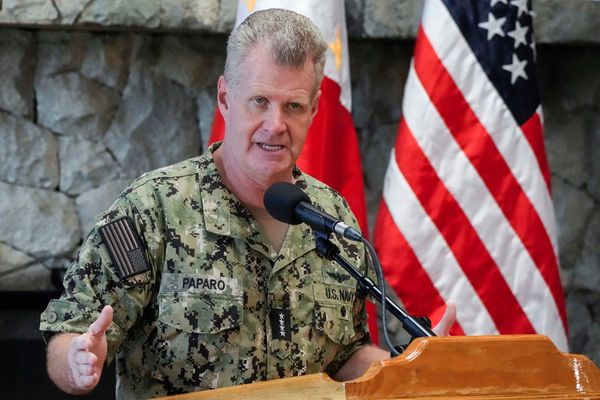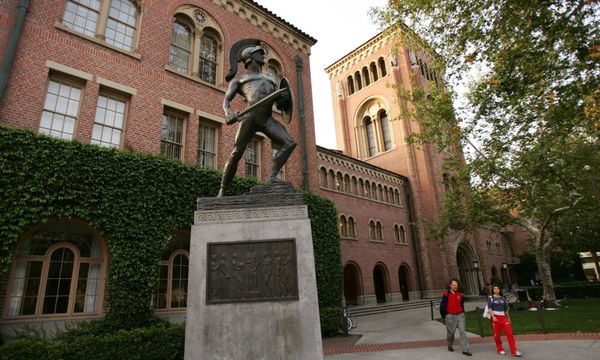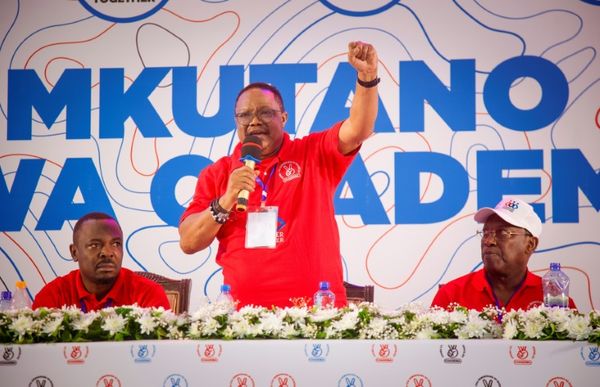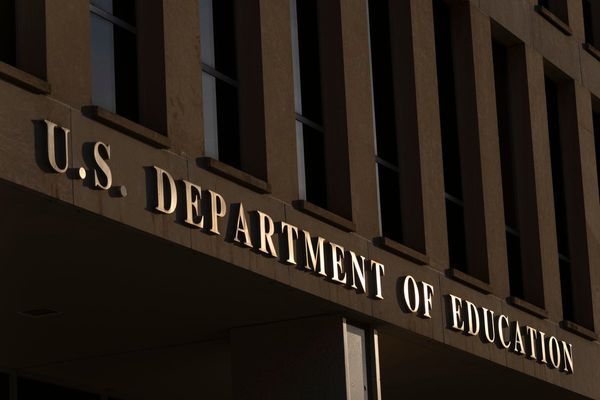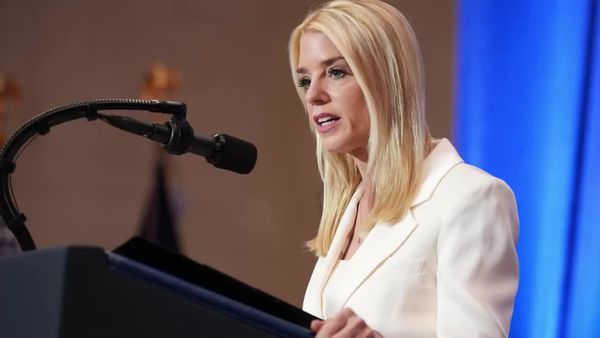
The cost of the Victorian government’s Metro Tunnel rail project has blown out by an additional $837m.
At a snap press conference on Thursday afternoon, the state’s transport infrastructure minister, Danny Pearson, announced the government had reached a deal with the project’s builders to cover the growing construction costs of the new underground rail line.
Pearson said under the agreement, the government would provide the Cross Yarra Partnerships consortium with up to $745m of additional payments, attached to the completion of milestones.
The consortium would also chip in a “comparable amount”, though he would not provide a figure. About $85m will also be given to the government’s rail projects authority to continue testing and trialling on the line.
It will bring the cost of the taxpayer-funded portion of the project to $13.48bn, well above the $11bn estimated in 2017.
This could rise further as the government is expected to provide compensation to hospitals affected by electromagnetic interference by the Metro Tunnel.
Here’s what we know about the long-awaited project.
What is Metro Tunnel?
Consisting of two 9km train tunnels under the CBD, the Metro Tunnel was one of the first major infrastructure projects committed to by Daniel Andrews when he became Labor leader.
The project has a long history – planning began in 2008 under Labor premier John Brumby, before it was scrapped in favour of a different route by Liberal premier Denis Napthine in 2014 and then resumed by Andrews.
His government signed a contract with the Cross Yarra Partnership to build the line for $11bn in 2017 with a completion date of 17 September 2024.
Two years later, the builders downed tools due to rising costs. In 2020, both parties agreed to spend an extra $1.37bn on the project. A completion date of 2026 was set but then brought forward to 2025.
The tunnel will connect the Sunbury line, which runs through Melbourne’s western suburbs, with the Cranbourne and Pakenham lines in the city’s south-east, taking the pressure off the City Loop.
Five new underground stations will also be created: Anzac, near the Shrine of Remembrance; Arden, a developing area in North Melbourne; Parkville, near the University of Melbourne and several major hospitals; and State Library and Town Hall in the CBD.
Earlier this month, the government announced major construction was complete on three of the five stations: Anzac, Arden and Parkville. Test trains been running since mid 2023, travelling some 20,000km.
When Andrews resigned as premier in September 2023, he described a test ride on the tunnel as the best experience of his nine years as premier.
“I went from Arden and I travelled underneath the city at 80km/h on a train that was made right here in Victoria, through a tunnel that’s getting very close to being finished because of the good work of Victorians,” he said.
What has been blamed for the latest blowout?
Pearson said the cost of materials, workforce shortages, the Covid-19 pandemic, the wars in Ukraine and Gaza and rising interest rates all had played a role.
“These are just realities of what we’ve had to deal with. What we’ve seen across the world is that there’s been that pressure on projects,” he said.
“In relation to the Australian eastern seaboard, we’ve seen a 22% increase in building and material and labour costs since 2021, and that’s had an impact on a number of projects in Australia.”
He said the budgets for Sydney’s Metro Tunnel increased by $9bn last year, inland rail has almost doubled to $31bn, as has Snowy Hydro 2.0 to $12bn.
“The reality is, it is just costing more to build anything anywhere in the world.”
So, when is it actually opening?
That’s a good question. When test trains began running in July 2023, some industry experts began to speculate the project was nearing completion. This reached fever pitch when the chief executive of construction giant John Holland, a key member of the consortium, let slip at an industry event in October 2023 that the tunnel would open in September 2024, as originally planned.
But the project has run into several difficulties. An auditor-general’s report tabled in state parliament in June said it was running over budget and would not be completed until June 2025.
Rail Projects Victoria told the auditor-general this was due to a lack of construction workers, supply chain hold-ups, disruptions caused by Covid-19 and “issues identified during systems testing and integration”.
This included an issue around electromagnetic interference caused by the trains travelling through the tunnel, which the auditor-general said could adversely affect medical and scientific equipment in nearby hospitals and research facilities such as the Royal Melbourne hospital, Royal Women’s hospital and the Peter MacCallum cancer centre.
What’s this about electromagnetic interference?
Work is underway between Rail Projects Victoria and the affected institutions to find a permanent solution to the issue, which largely involves relocating MRI services to different floors or buildings.
According to the auditor-general, a trial with Peter Mac to test if magnetic active cancellation systems could mitigate interference is also ongoing.
As of February 2024, the cost to address electromagnetic interference issues is $179m, and Guardian Australia understands this is likely to grow.
It has also thrown a huge spanner into the government’s 2022 election commitment to build a major hospital precinct at Arden, including new campuses for the Royal Melbourne and Royal Women’s hospitals.
Instead, the May budget revealed the government has opted to expand the precinct in Parkville, where work to manage the interference has been under way for years. Arden will instead be used for housing.
So, when will we actually be able to ride it?
Pearson said the project would open in 2025 but refused to say which month it would start taking passengers.
He also refused to guarantee the project wouldn’t face further financial troubles.
“I cannot guarantee that there won’t be another pandemic next year. I can’t guarantee those things,” he said.
“Here and now we’ve got an investment into this project which will ensure that the project has the resources it needs to get on with this project.”
